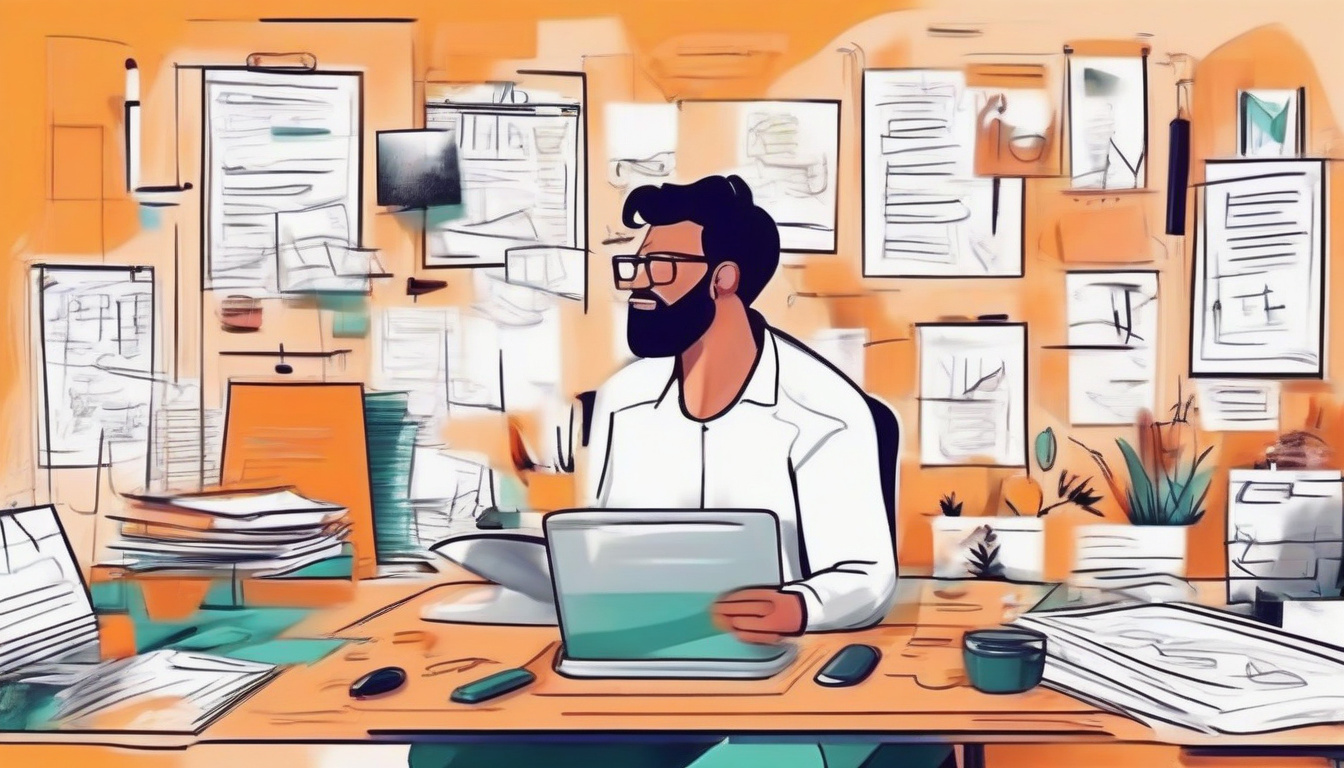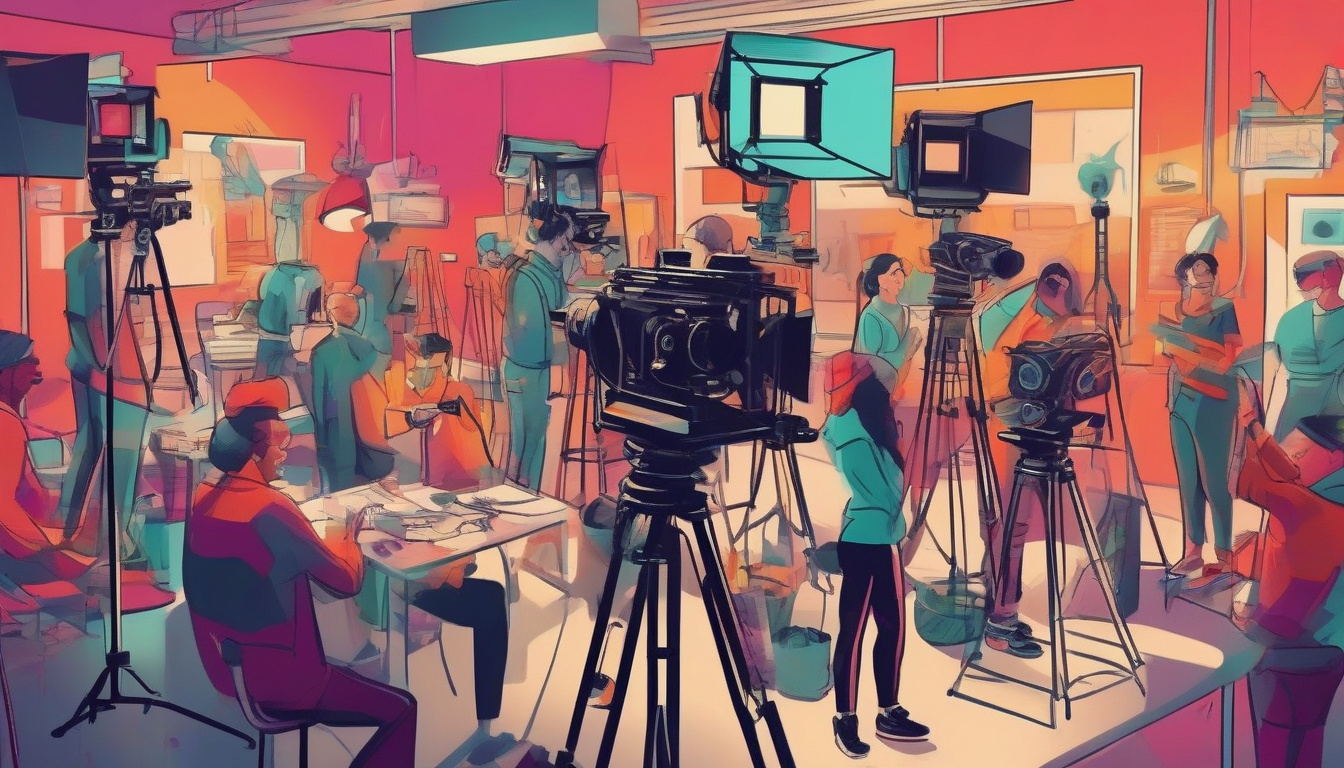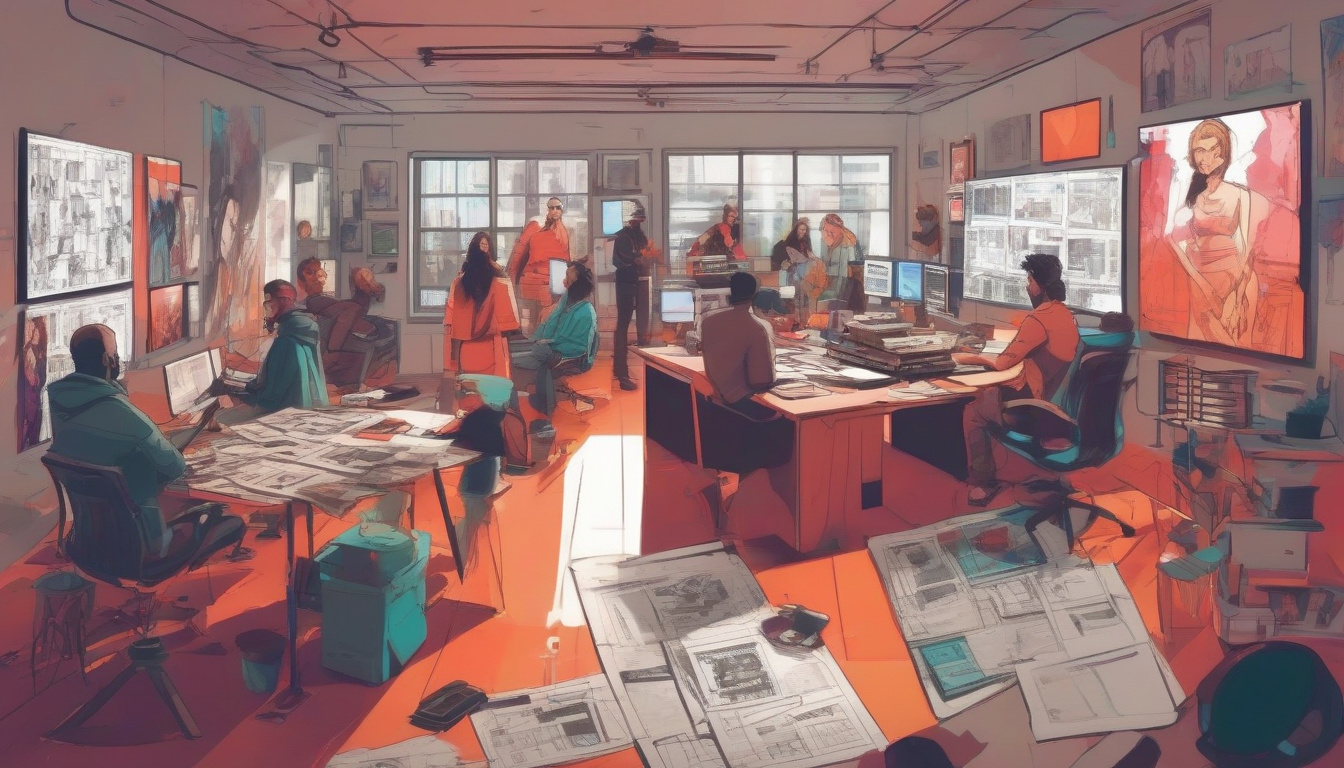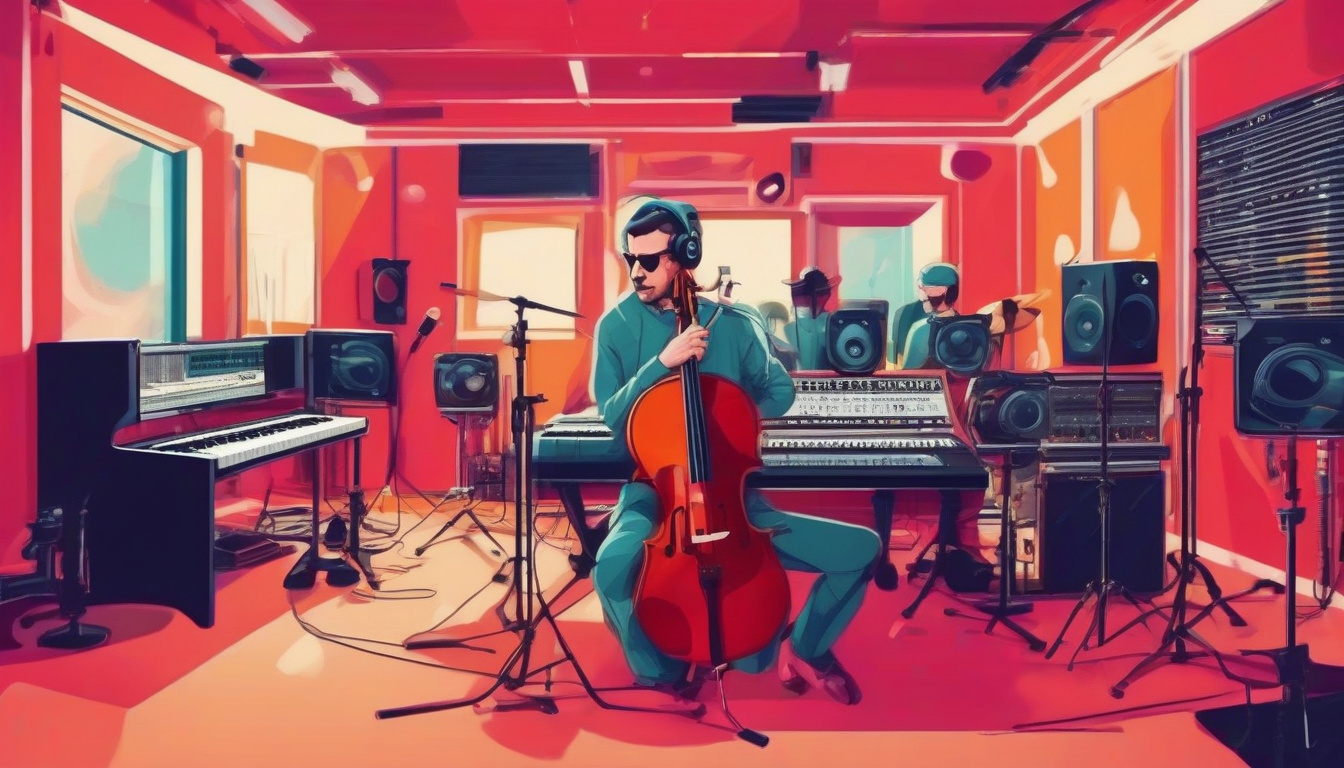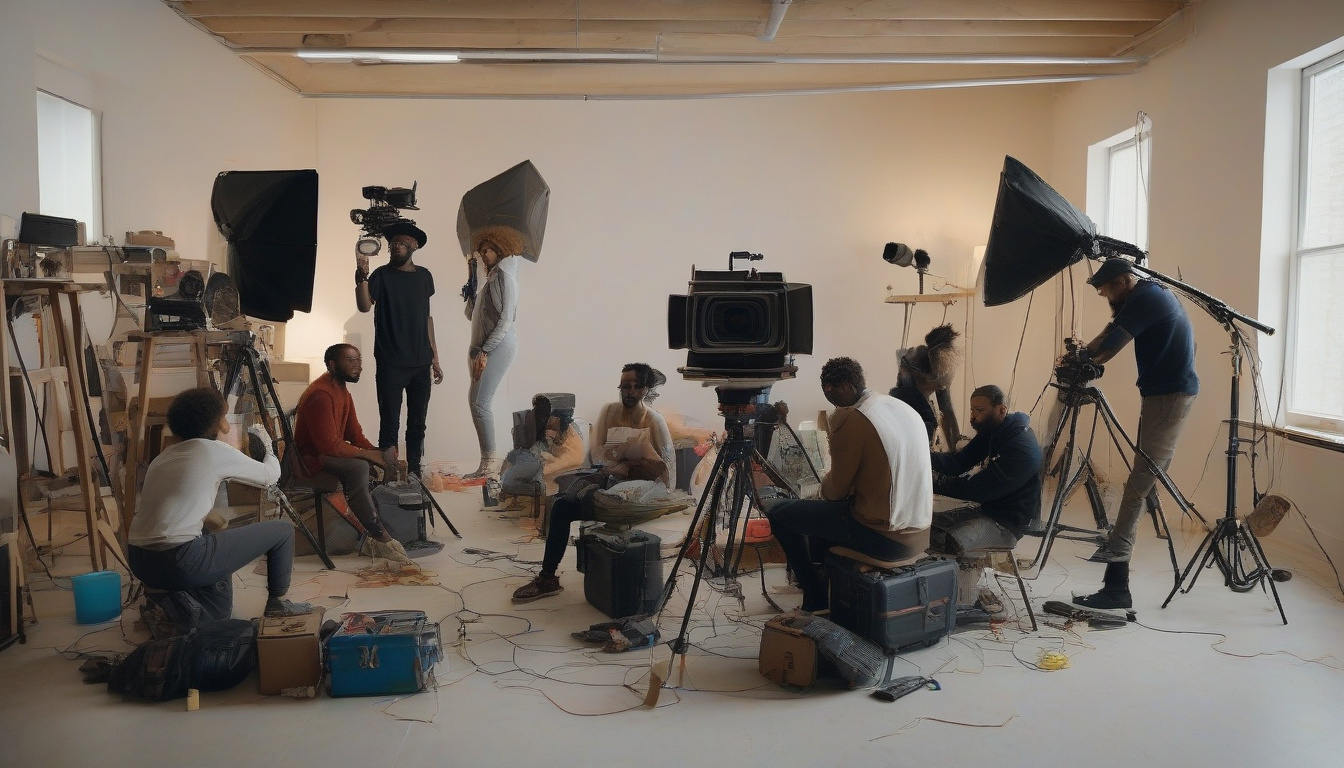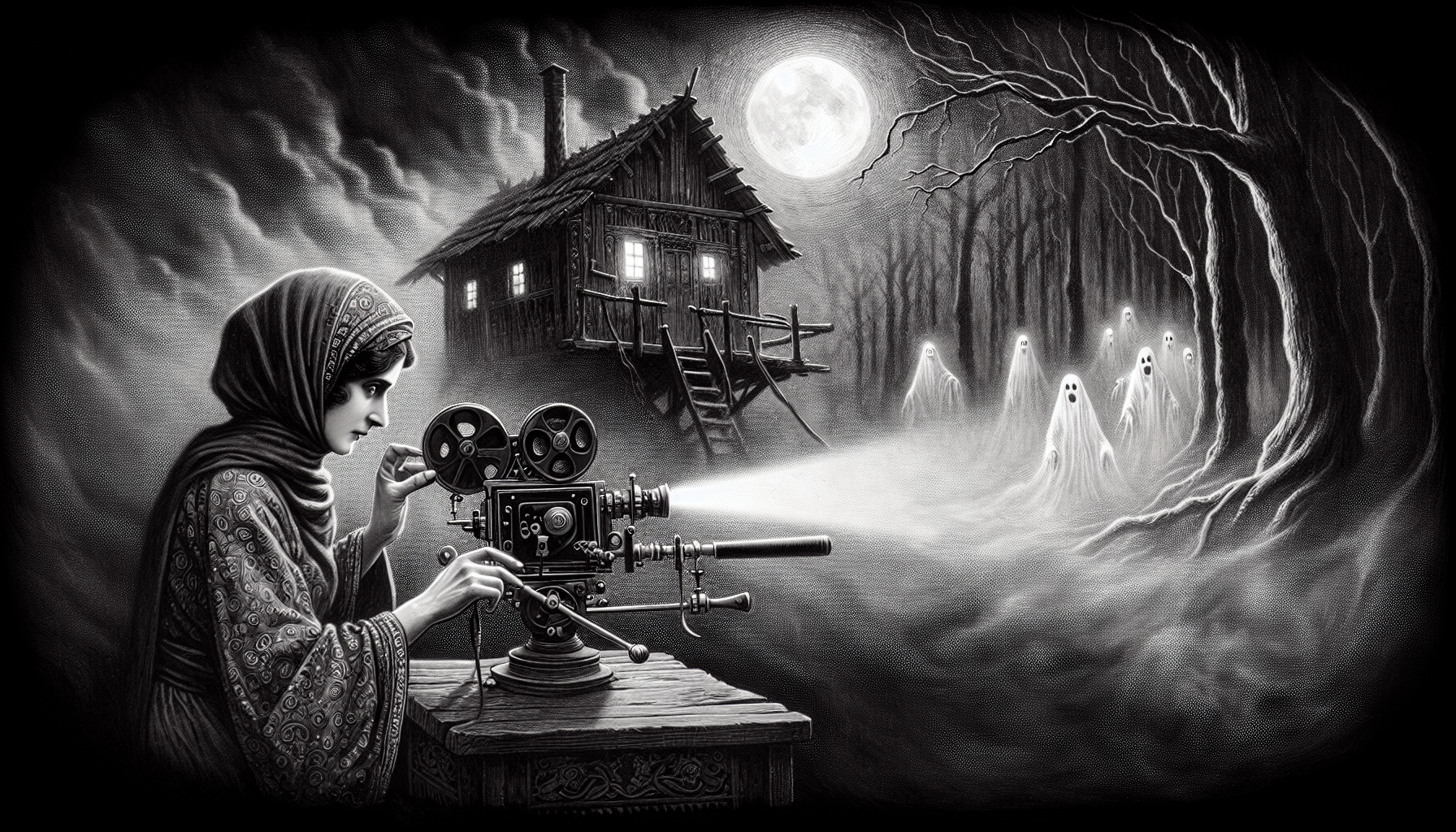
Welcome to the Nightmare Factory: Mastering Horror in Film
Ever wondered why certain horror movies stick with you long after the credits roll, shadowing your trip to the bathroom at 2 A.M.? It’s not just about a mask-clad stranger or the creaky attic. Filmmakers have weaponized a toolbox of techniques to ensure their horrifying creations lurk in the shadows of your mind indefinitely. Ready to dive into the cinematic cauldron and discover how nightmare fuel is distilled? Excellent—just maybe leave a light on.
Laying the Foundation with Atmosphere
The eerie silence of an abandoned asylum, the unnerving calm of a fog-laden forest, or the spine-chilling echo through a decrepit mansion—setting the stage in horror is non-negotiable. Atmosphere in horror isn’t just a backdrop; it’s practically a character in its own right. The best horror flicks master the use of setting to amplify suspense—think the claustrophobic corridors of the Nostromo in Alien or the relentless fog in The Mist. Creating a visceral, immersive world not only paints a creepy picture but firmly grips the audience’s psyche, dragging it into the abyss.
Tinkering with Time and Space
Manipulation of time and space is a quintessential trick to disorient viewers and disrupt their comfort zones. Ever noticed how some scenes seem prolonged, as if dragging you through an excruciatingly slow nightmare? Or how sometimes, the spatial logic of a haunted house just doesn’t add up? Clever directors warp these dimensions to create a hauntingly surreal experience that plays with your sense of reality. Quick cuts, lingering shots, and impossible geography—all these tools keep viewers on edge, teetering on insanity’s cliff.
Character Development: The Horror Within
Though it might seem like horror films are all about monsters and madmen, they often feature some of the most dynamic character developments. To truly terrify, filmmakers infuse characters with depth, allowing the audience to walk a mile in their soon-to-be blood-soaked shoes. This emotional tether makes the ensuing nightmare personal and more terrifying. When characters are not merely jump-scare fodder, viewers invest in them, making every shadow and whisper a source of dread for the viewer as well.
Uncanny Relationships: It’s Complicated
Relationship dynamics can also be mined for horror gold. Conflict and strained relationships expose psychological vulnerabilities, creating internal turmoil that mirrors external threats. When viewers see a family tearing apart under the strain of a sinister presence (a la The Shining), it’s double the terror—a cocktail of interpersonal drama and supernatural danger.
The Power of Suggestion: Less is More
Your mind can be your own worst enemy—horror filmmakers know this and exploit it ruthlessly. The most potent horrors are often those left unseen. A shadow flitting across a wall, an indistinct shape in the fog, or a disturbing sound off-camera. These hint at the horror, inviting audiences to fill the blanks with their worst fears. After all, what your mind conjures can be far more terrifying than anything visibly explicit. Minimalist horror like It Follows taps into primal fears with very little overt monstrosity, proving that sometimes, less is definitely more.
Audio Terrors: Hearing is Believing
Ah, the sweet, spine-tingling sounds of horror! Effective sound design is critical and can range from the sudden, shrieking jump-scares to the slow, groaning advance of a deathly specter. The use of dissonant tones, unsettling silence, and jarringly out-of-place sounds can turn an ordinary scene into a nail-biting, hide-behind-the-couch affair. Films like The Conjuring expertly use audio cues to ramp up tension, often culminating in an orchestra of yelps from the audience.
The Devil’s in the Details: Aesthetics of the Ugly
Visuals in horror films often revel in the repulsive and the macabre. Makeup and special effects breathe life into the grotesque, transforming ordinary actors into the stuff of nightmares. The transformation of congenial human features into distorted, eerie visages forces viewers to confront the uncanny valley—the horrifyingly thin line between the known and the alien. Whether it’s the sickeningly detailed body horror of Cronenberg’s films or the minimalist ghoul makeup in The Ring, visuals in horror can provoke a visceral recoil that’s deliciously dreadful.
Filming Techniques That Freak You Out
The technical side of horror film-making can also catalyze nightmares. Unstable camera movements, such as hand-held sequences, can induce a sense of chaos and vulnerability. Angles are pivotal too; low-angle shots can make a villain seem more menacing, whereas POV shots immerse the audience in the victim’s dread-filled perspective. Clever use of lighting—or the lack thereof—can sculpt suspense out of shadows and make you second-guess what lurks in the darkness.
Done right, horror films tap into the deepest, darkest parts of our psyche, leveraging an arsenal of artistic and technical techniques to conjure an atmosphere ripe with terror. So, next time you find yourself peeking behind the shower curtain or avoiding the basement, tip your hat to the maestros of the macabre—they’ve done their job frighteningly well.

